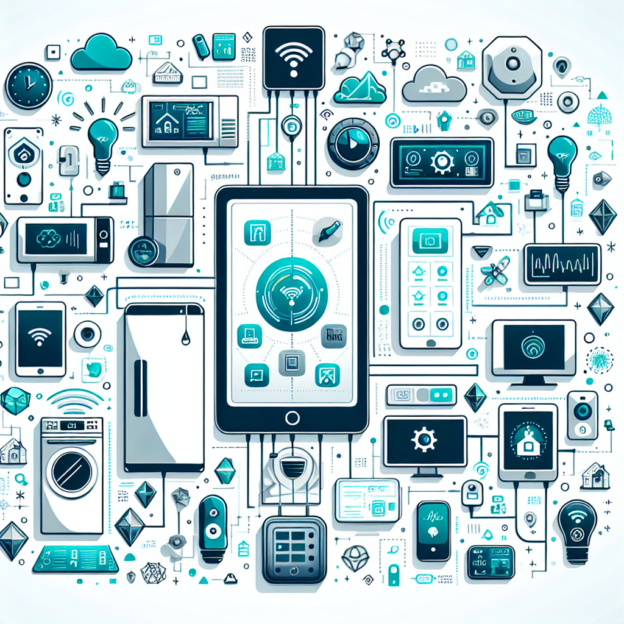Fix today. Protect forever.
Secure your devices with the #1 malware removal and protection software
The Role of Remote Monitoring in IoT Devices
The Internet of Things (IoT) has revolutionized the way we interact with technology and the world around us. From smart thermostats to wearable fitness trackers, IoT devices have become an integral part of our daily lives. One of the key features that make IoT devices so valuable is remote monitoring.
Remote monitoring allows users to keep tabs on their devices from anywhere in the world. Whether you’re at home, at work, or on vacation, you can easily check in on your IoT devices and make adjustments as needed. This capability has numerous benefits, including increased convenience, improved efficiency, and enhanced safety.
One of the most common uses of remote monitoring in IoT devices is for home automation. Smart home devices such as security cameras, door locks, and lighting systems can all be controlled and monitored remotely. This allows homeowners to keep an eye on their property, adjust their settings, and receive real-time alerts in case of any suspicious activity.
Remote monitoring is also essential for businesses that rely on IoT devices for their operations. For example, in the manufacturing industry, sensors can be placed on equipment to monitor performance and detect any potential issues. By remotely monitoring these sensors, businesses can proactively address maintenance issues, prevent downtime, and optimize their operations.
In the healthcare industry, remote monitoring plays a crucial role in improving patient care. IoT devices such as wearable health trackers and remote monitoring systems allow healthcare providers to monitor patients’ vital signs and symptoms in real time. This enables early detection of health issues, better management of chronic conditions, and more personalized care.
Overall, remote monitoring in IoT devices offers a wide range of benefits, including:
1. Increased convenience: With remote monitoring, users can easily check on their devices and make adjustments without having to be physically present.
2. Improved efficiency: By monitoring IoT devices remotely, businesses can optimize their operations, reduce downtime, and improve overall efficiency.
3. Enhanced safety: Remote monitoring allows for real-time alerts in case of any issues, helping to prevent accidents and ensure the safety of users.
4. Better decision-making: By having access to real-time data from IoT devices, users can make more informed decisions and take proactive measures to address any issues.
In conclusion, remote monitoring is a key feature that enhances the functionality and value of IoT devices. Whether it’s for home automation, business operations, or healthcare, remote monitoring plays a crucial role in improving efficiency, safety, and decision-making. As IoT technology continues to advance, the role of remote monitoring will only become more important in our increasingly connected world.
Fix today. Protect forever.
Secure your devices with the #1 malware removal and protection software

Leave a Reply
You must be logged in to post a comment.